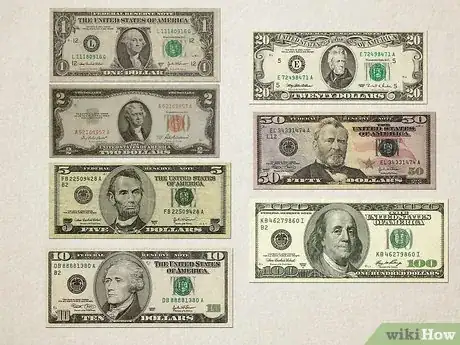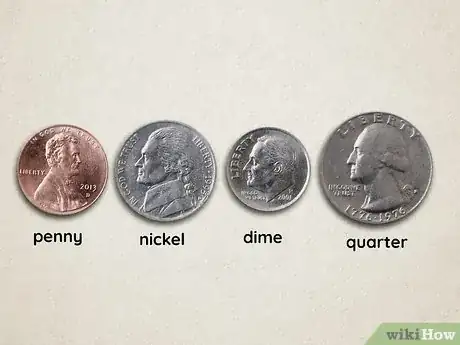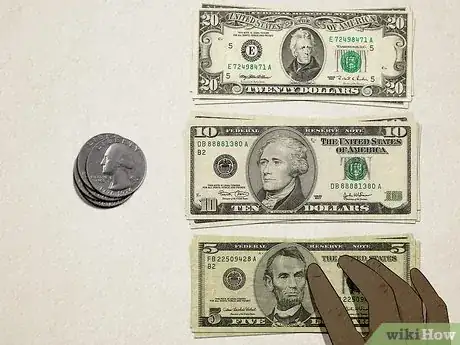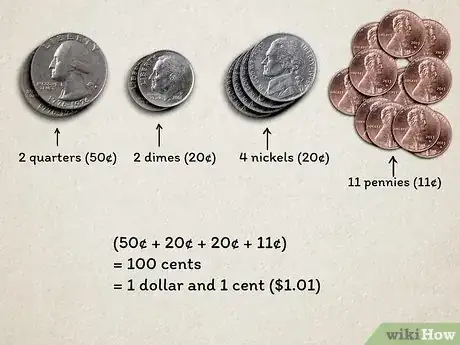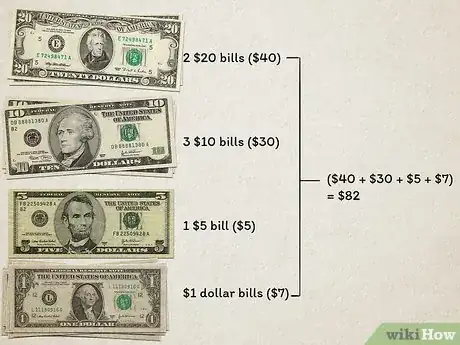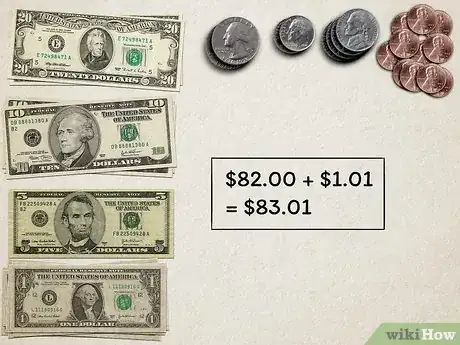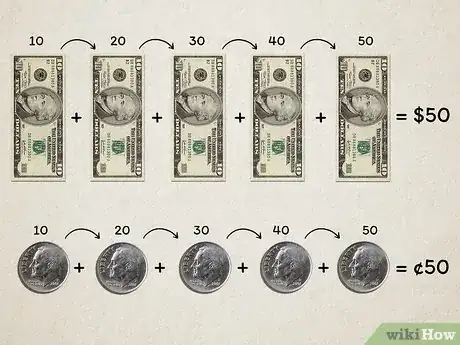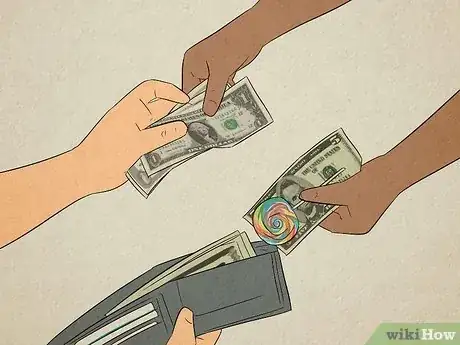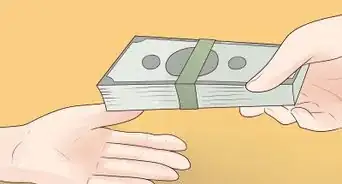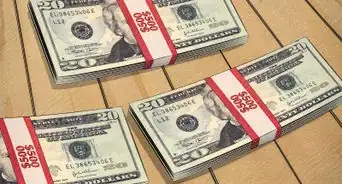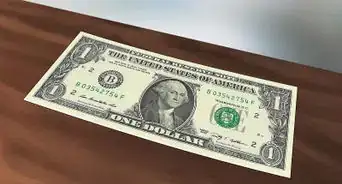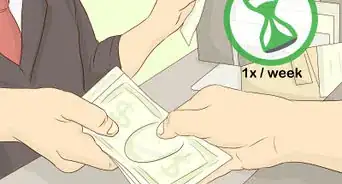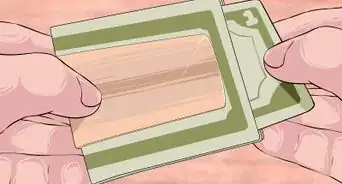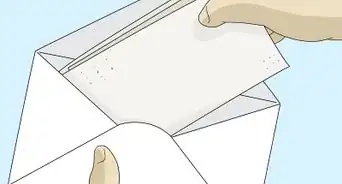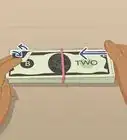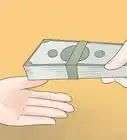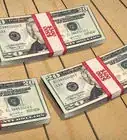This article was co-authored by Michael R. Lewis and by wikiHow staff writer, Dan Hickey. Michael R. Lewis is a retired corporate executive, entrepreneur, and investment advisor in Texas. He has over 40 years of experience in business and finance, including as a Vice President for Blue Cross Blue Shield of Texas. He has a BBA in Industrial Management from the University of Texas at Austin.
There are 9 references cited in this article, which can be found at the bottom of the page.
This article has been viewed 199,447 times.
A big pile of dollar bills and coins is a beautiful sight, but how do you know exactly how much money you have? Counting money is a breeze when you can identify your bills and coins quickly and do a little mental math. We’ve put together a handy guide to counting money, including a breakdown of dollars and cents and how to identify the most common coins and bills. If you’re ready to add up what you’ve got tucked away in your piggy bank, keep scrolling!
Steps
References
- ↑ https://www.uscurrency.gov/denominations
- ↑ https://www.usmint.gov/learn/coin-and-medal-programs/circulating-coins
- ↑ https://bizfluent.com/how-7240206-organize-cash-register-drawer.html
- ↑ https://online-calculator.org/conversion/cents-to-dollars.php
- ↑ https://www.coolkidfacts.com/counting-money/
- ↑ https://www.coolkidfacts.com/counting-money/
- ↑ https://www.math4texas.org/Page/335
- ↑ https://coins.thefuntimesguide.com/coin-rolls/
- ↑ https://www.familyeducation.com/life/money-kids/teaching-basic-money-concepts-children
About This Article
To count money, start by sorting out your coins by size and value. Put all of your quarters together, all of your dimes together, and so on. Once they are organized, count how many coins there are of each kind and then calculate the value of each stack using multiplication. For example, if you have 17 dimes that are worth $.10 each, that equals $1.70. After you've added each stack, add them all together using a calculator or sheet of paper. Then, separate and add together your bills to get your total. For more advice from our Financial reviewer on how to sort and count paper money, keep reading!
